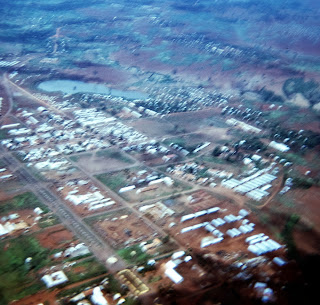I assumed it was Catholic because it had a statue of Mary on the property. I wasn't sure though because the church had colored banners draped across the steeple and around the property. I could not figure out what the banners signified. I'd never seen banners like that on any catholic church at home. The door to the church was locked and there was no one there to question. What I can say for sure is the church was the first place in Vietnam where I felt a sense of peace.
 Vietnam had me feeling uneasy so far. I hadn't been there long enough to experience combat. But I knew it was coming. Fear of the unknown left a lump in my stomach that would not easily go away. But standing in the presence of that little church calmed me. It took my mind off things. It didn't have that sense of awe that you feel when you are standing inside of a large cathedral. But it was enough.
Vietnam had me feeling uneasy so far. I hadn't been there long enough to experience combat. But I knew it was coming. Fear of the unknown left a lump in my stomach that would not easily go away. But standing in the presence of that little church calmed me. It took my mind off things. It didn't have that sense of awe that you feel when you are standing inside of a large cathedral. But it was enough.I wonder now who the church had served back then. Was it the French? Old french homes were in the area. You can see one behind the church and another in the background behind the statue of Mary. Or did the church serve the Vietnamese people? I tried to find the church on the internet recently to see if it still existed. No luck.






